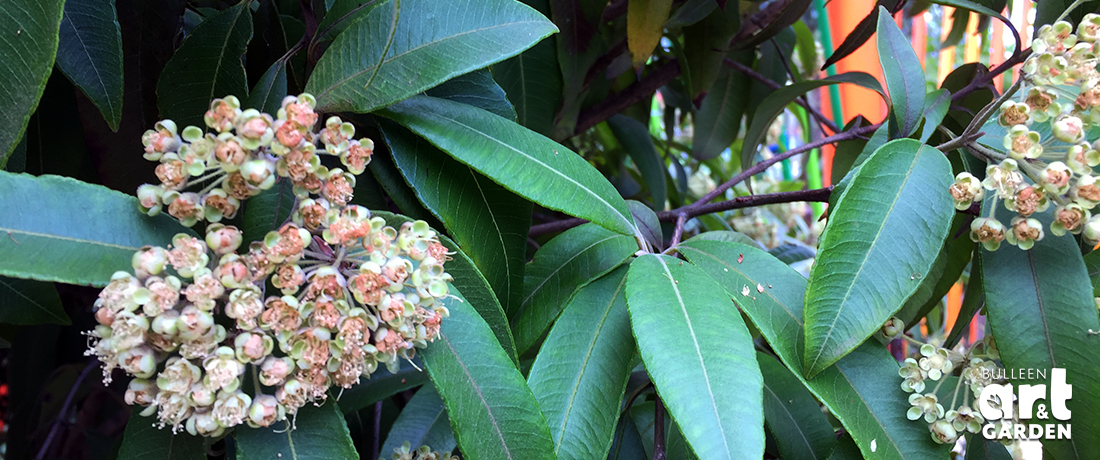
 Important note about plant availability. Important note about plant availability.There are hundreds of factsheets on our website provided for your information. Not all plants will be available at all times throughout the year. To confirm availability please call (03) 8850 3030 and ask for the nursery. |
(Backhousia citriodora)
A favourite with chefs these days, Lemon Myrtle has moved past the novelty stage and is now widely used due to its outstanding lemony characteristics. The leaves have an exceptionally powerful lemon taste and aroma – “more lemon than the lemon”. Other names historically used are Lemon Ironwood, Sweet Verbena Tree, Sand Verbena Myrtle, Tree Verbena
Leaves can be used fresh, dried or dried & ground. They can be used in a range of products such as chicken and fish, pork and seafood dishes, biscuits, muffins, cheese cakes, hot and cold beverages.
Lemon myrtle essential oil is used in cosmetics, soaps, deodorants and room sprays. The essential oil has been shown to be an antimicrobial agent and has powerful antifungal activities.
The Lemon Myrtle tree (Backhousia citriodora) is a native of Queensland and in not either frost or drought tolerant. Best planted in a sheltered position in Victoria and irrigated over the drier times. A delightfully ornamental tree with attractive foliage and dense white flowers, it is an asset to the garden!
Postharvest handling
• Harvesting should not be undertaken while the leaves are wet, whether from dew, irrigation or rainfall.
• Drying: sun-drying is not recommended. Dry with flow of air, of approx. 35° – 40°C, for up to 4days.
• Removal of soft, new growth on tips is recommended because they compost quickly in the drying process and will cause browning in other leaves.
• Dried leaves should be stored in sealed containers in the dark, at less than 20°C.
• Dried leaves can be milled to coarse or fine particle size
Preparing for use in the kitchen
For use in tea, the leaves can be used fresh. Most recipes call for dried, ground leaves. Pick the leaves and wash to remove any dirt. Then, if you have time, you can leave them in a warm, dry place to dry, or you can speed up the process up by using a food dehydrator or the oven on a low temperature setting. Once dry, you can use something like a coffee grinder to make the leaves into a fine powder.
Uses in the kitchen
Due to its high citral content, it can be used as a lemon substitute in cakes, biscuits, and fish and chicken dishes and in beverages. As it is not a citrus, it can be used with dairy products without curdling them. Recent research has shown that its antimicrobial properties can be used to keep food fresher for longer.
